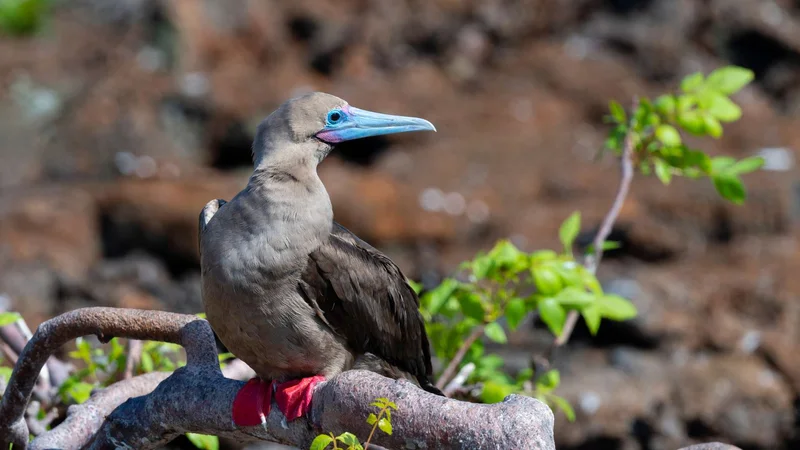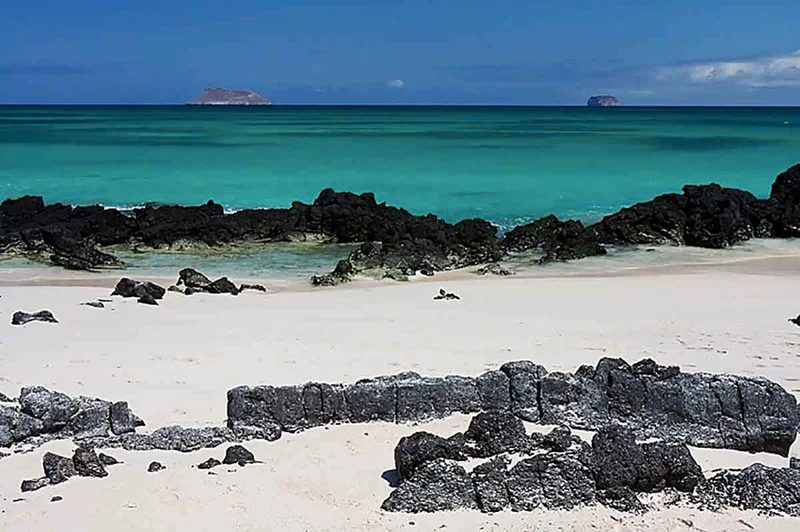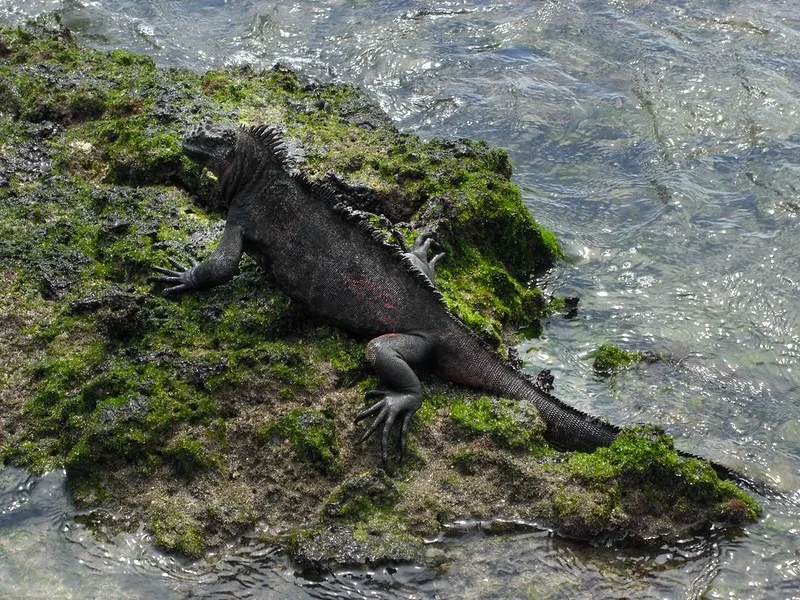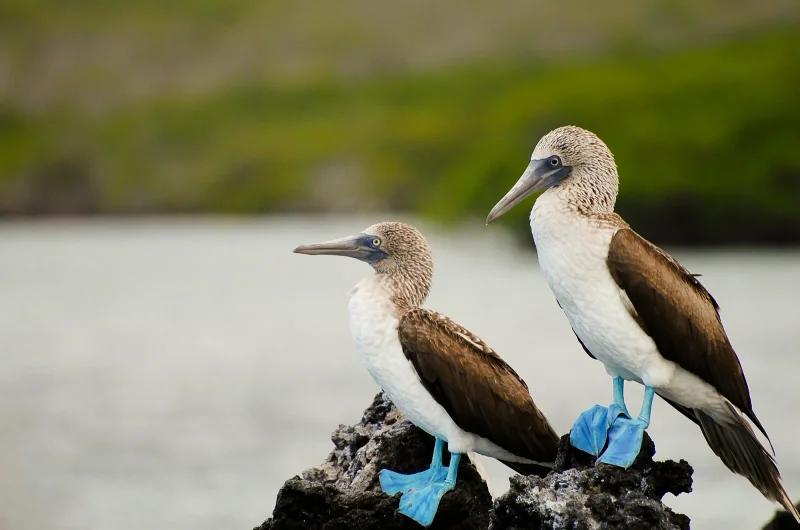
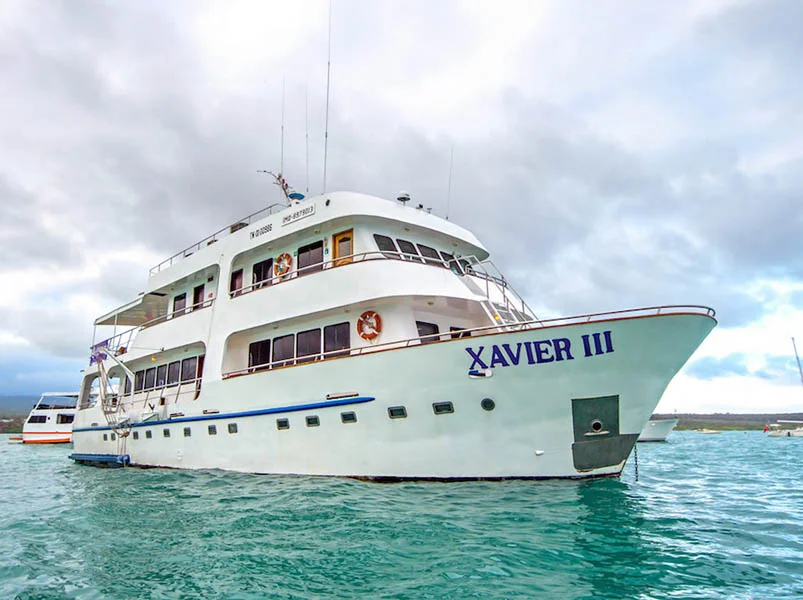
Explore the Galapagos with this 4-day itinerary featuring wildlife encounters, volcanic landscapes, and conservation efforts. Highlights include snorkeling with sea lions at Isla Lobos, witnessing unique species at North Seymour, and visiting the Charles Darwin Research Station. Each day blends adventure with stunning natural beauty.
4 Day Galapagos Itinerary
Day 1: San Cristobal Island: Lobos Island
Fly to San Cristóbal Island. Meet the guide and transfer to the boat. Visit Isla Lobos in the afternoon to spot blue-footed boobies, marine iguanas and sea lions.
Isla Lobos Visit
Explore this tiny island by foot and boat for some great wildlife encounters. Take a panga ride to view the sea and shore birds nesting and feeding. Spot a small colony of blue-footed boobies as well as two species of sea lions.
Snorkelling (Isla Lobos)
Snorkel right off the beach at peaceful Isla Lobos, amid the families of sea lions and their inquisitive pups looking to play. Spot nesting frigate birds and the famous blue-footed boobies resting on the shore. Be sure to bring your camera to catch some snapsat this prime wildlife watching haven.
Day 2: North Seymour Island & Mosquera Islet
North Seymour Islan Visit
Have an amazing wildlife experience visiting North Seymour Island–this island is teeming with life! Follow trails to see all the action (you may need to give way to a passing sea lion or marine iguana while walking). See blue-footed booby nests where mating pairs perform their courtship dance. Head to a rocky shore to see flocks of pelicans having lunch in a dive bomb feeding frenzy, then turn inland to a large nesting site of magnificent frigatebirds. These huge, dark acrobats have two-metre (6.5 ft)wingspans, and males, with their puffed-up scarlet throat sacks, sit precariously perched in low bushes to watch over their equally large chicks. Top off the excursion with a snorkel among sea lions and rays.
Snorkelling
Take your time exploring the underwater world along North Seymour’s beach. Be greeted by large schools of tropical fish and sea lions, and keep an eye out for sea turtles and reef sharks.
Day 3: Santiago Island: Sullivan Bay & Bartolome Island
Sullivan Bay Visit
Visit Sullivan Bay on Santiago Island to see one of its star natural attractions–striking and fascinating giant lava formations. Very few plants have managed to survive on this island due to its harsh environment and relatively new lava flow. Enjoy a walk along the lava formations before coming to a white-coral sand beach, where abundant Sally Lightfoot crabs and sea lions gather on shore.
Bartolomé Island Landing
Hike to Bartolomé’s summit for a stronger perspective of the islands’ not-too-distant volcanic origins, and enjoy a panoramic view–it’s one of the best among the islands!See other Galápagos Islands in the distance as well as Pinnacle Rock, the island’s famous towering landmark.!
Snorkelling (Bartolomé Island)
Take the opportunity to swim and snorkel around Pinnacle Rock, one of the most iconic volcanic rock formations on the islands. Home to Galápagos penguins, friendly sea lions, sea turtles, and a huge variety of fish, Bartolomé and its surrounding water sare a fantastic place to explore the natural wonders of the Galápagos.
Day 4: Santa Cruz Island: Charles Darwin Station & Floreana Island: Cormorant Point
Baltra
Disembark in Puerto Ayora and visit the Charles Darwin Research Station to see the giant Galápagos tortoises.
Charles Darwin Research Station Visit
Visit Fausto Llerena Breeding Center a great place to observe many species of tortoises and land iguanas in captivity. Brought back from the brink of extinction, seethe famous Galápagos tortoise up close–a corral houses adult tortoises, and a nursery cares for the young until around age three when their shells have hardened.This area also houses the Charles Darwin Research Station, a scientific organization initiated in 1964, which works to preserve the Galápagos’ ecosystem through the conservation efforts of scientists, researchers, and volunteers. While the offices themselves are not open to visitors, the research station provides a study location for international scientists and environmental education for the local community.
Punta Cormorant Visit
Visit Punta Cormorant, the only landing site on Floreana Island, and discover two amazingly different beaches: one with green sand, coloured by olivine crystals, and another with white sand particles known as ‘Flour Beach’. Spend the afternoon observing flamingos and other shore birds feeding in the lagoon.Spot penguins and marine iguanas at the water’s edge.
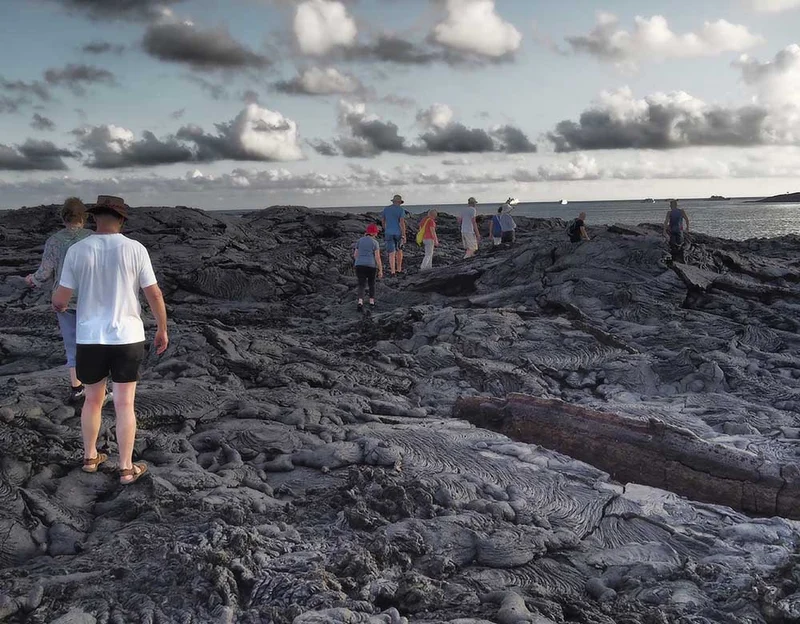
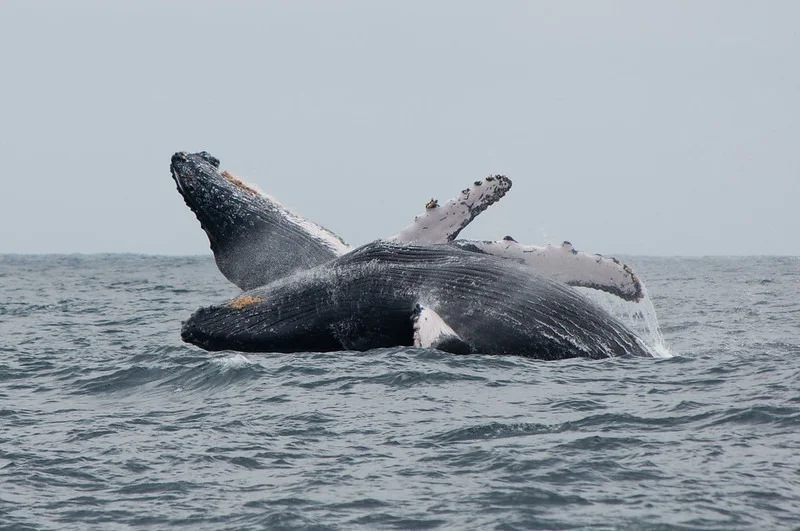
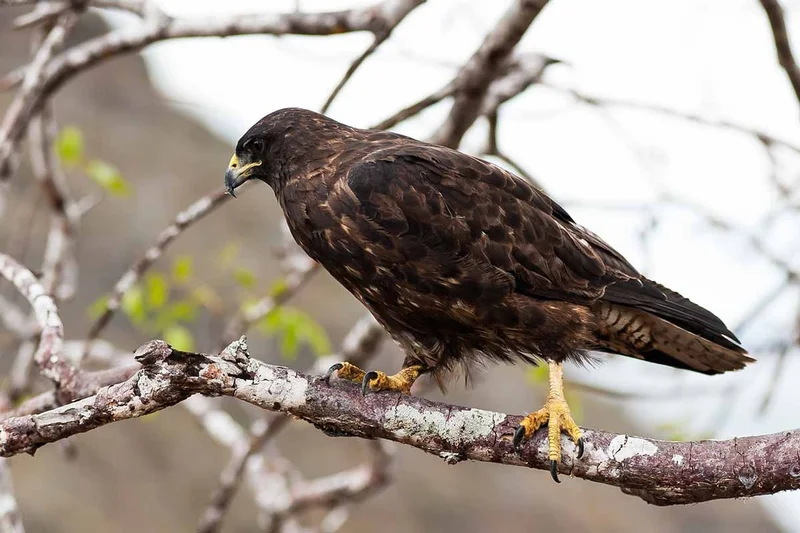
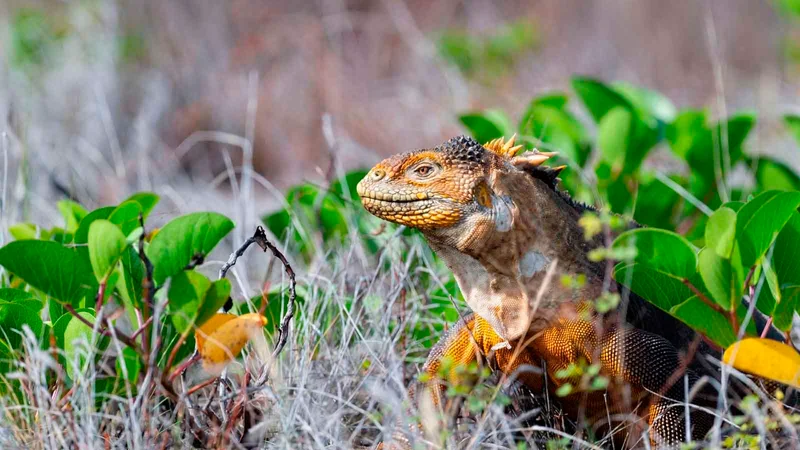
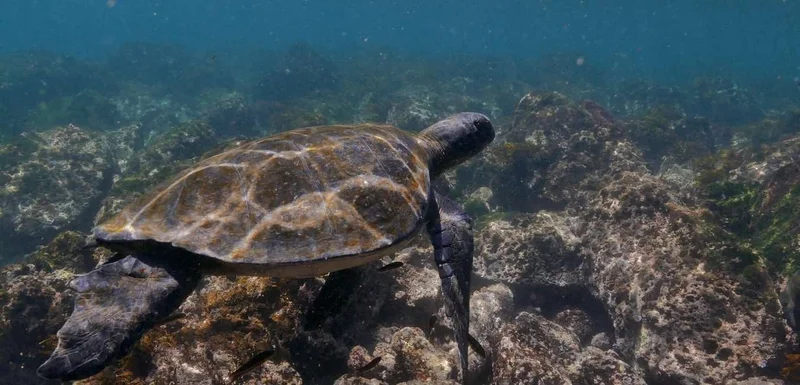
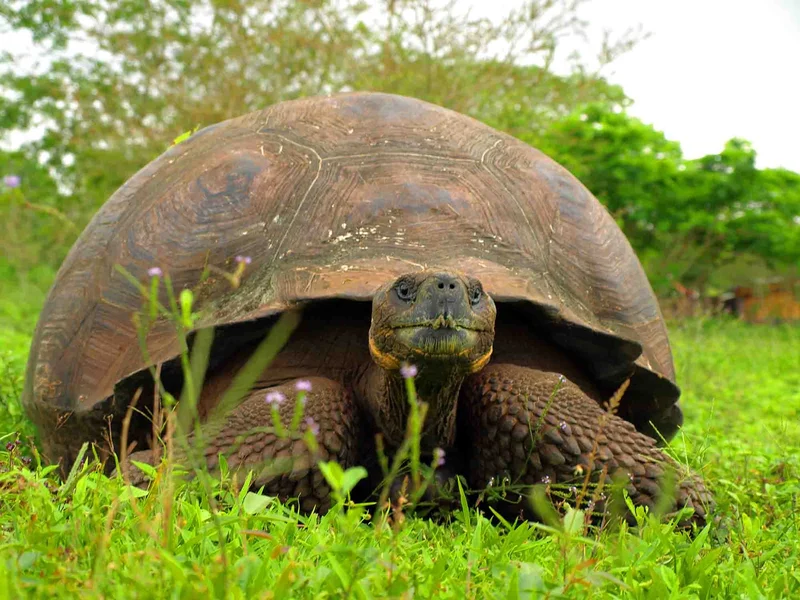
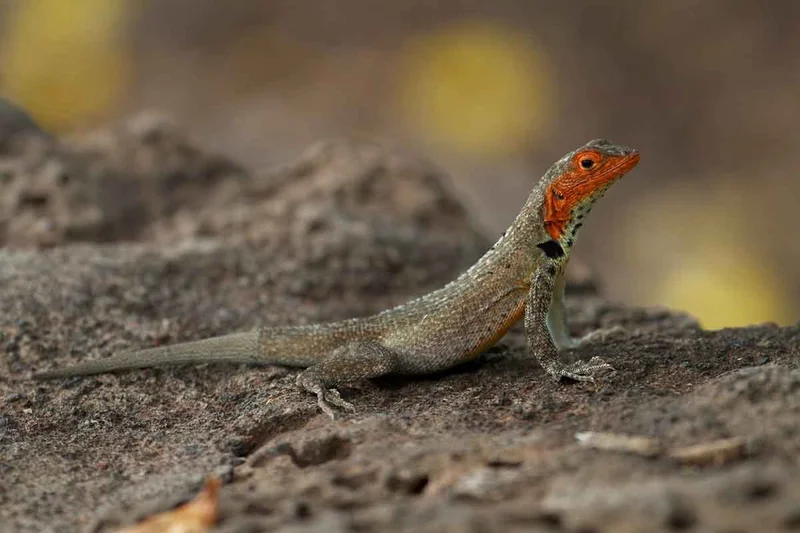
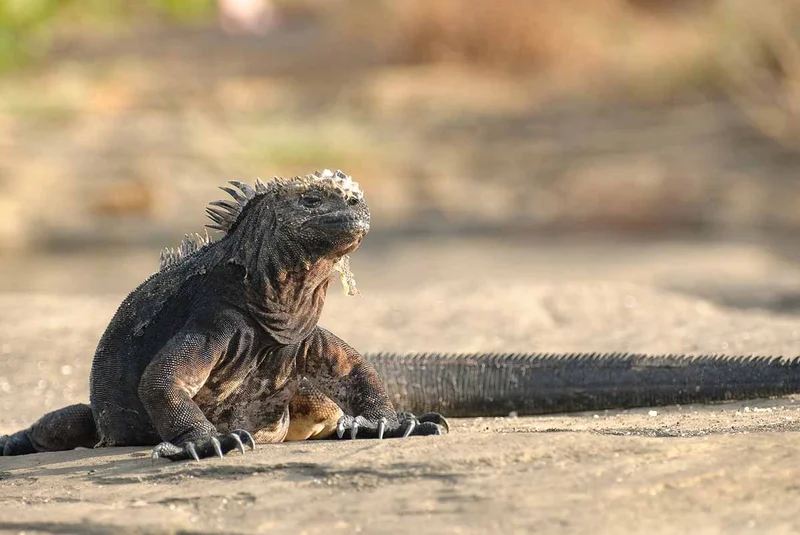
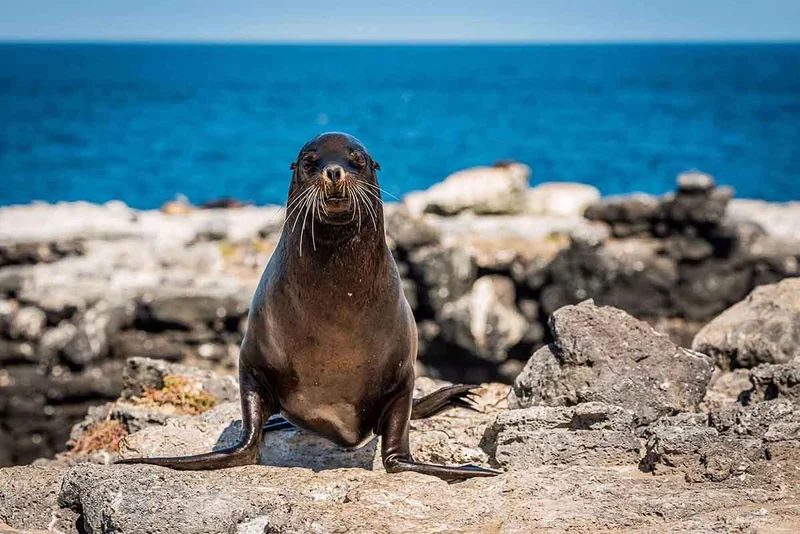
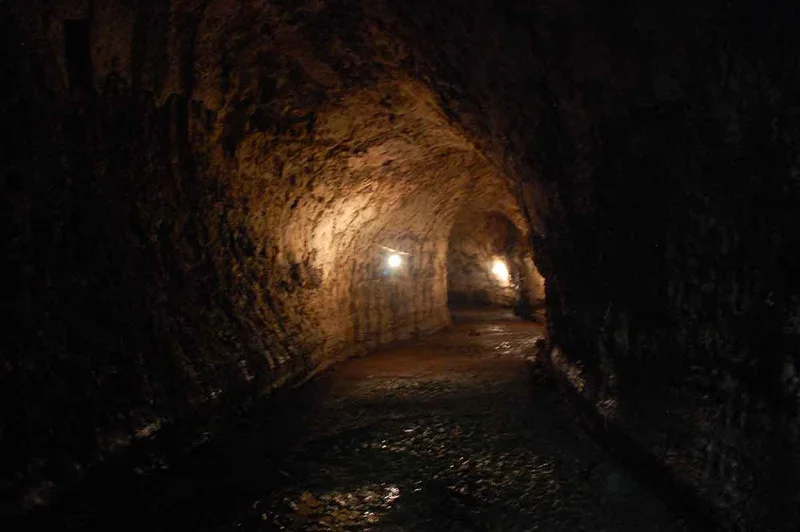
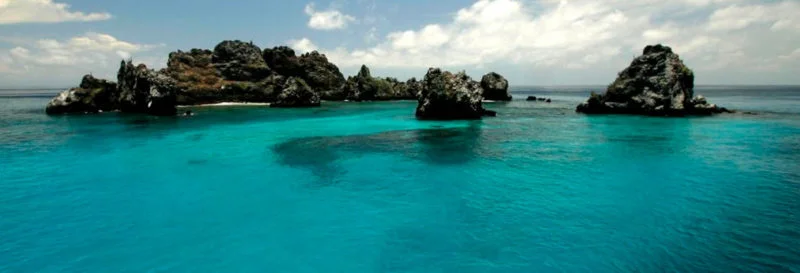
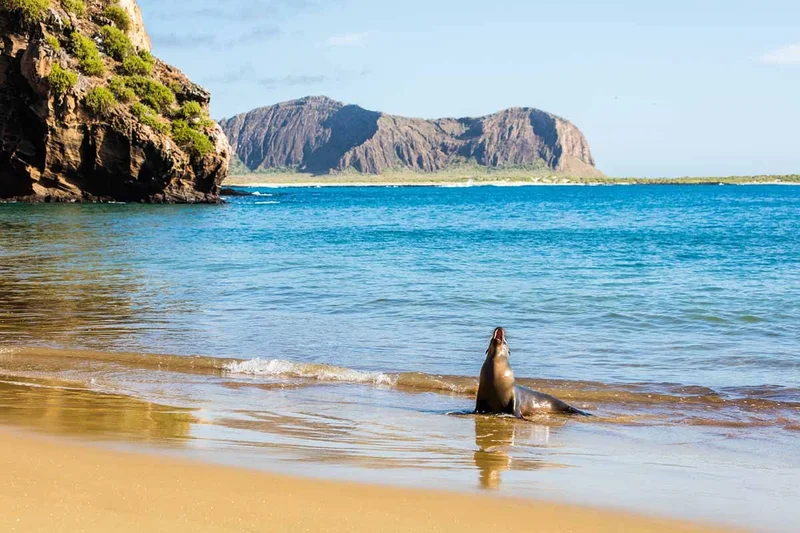
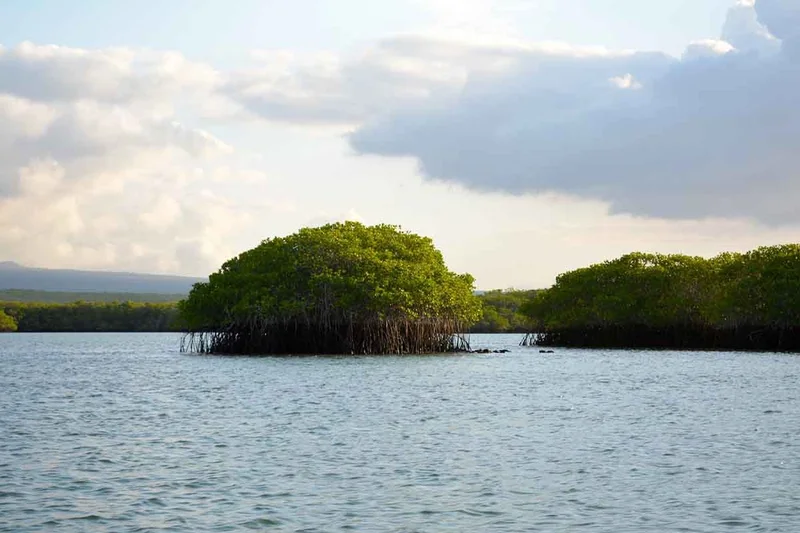
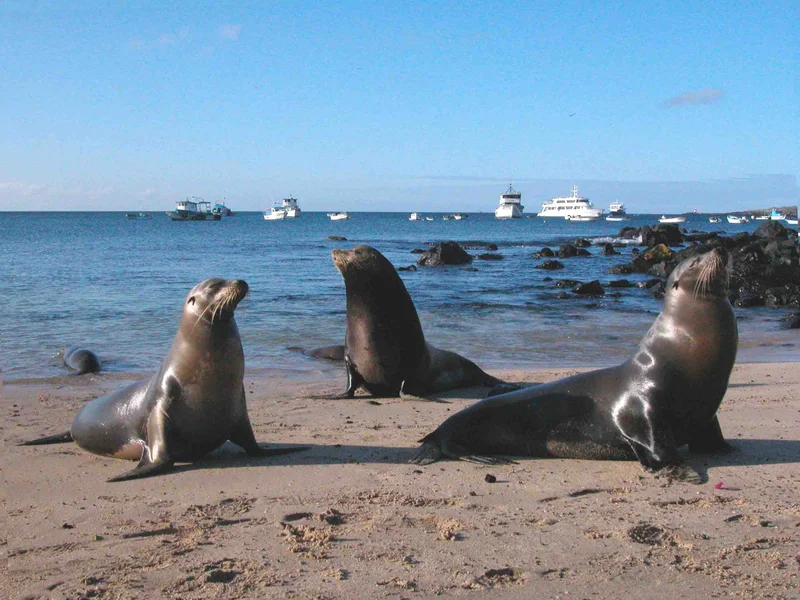
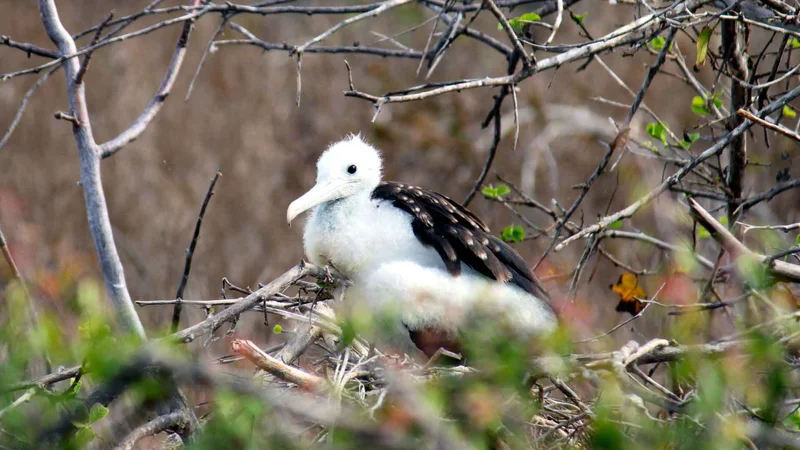
4 Day Galapagos Itinerary Includes
- All programed visits as per itinerary with specialized naturalist bilingual guide;
- Accommodation in twin/double cabin with private facilities (surcharge for suite)
- All meals on board, drinking purified water, coffee and tea
- Snorkeling equipment (fins, mask & snorkel) & sea-kayaks
- Transfers within the islands on cruise dates as per itinerary
- Personalized 24/7 assistance during tour
4 Day Galapagos Itinerary Does not Include
- Airfare to/from Galapagos from/to Mainland Ecuador (to be added)
- Galapagos National Park Entrance Fee US$200 per person (in cash only upon arrival)
- Galapagos Migration Card US$20 in cash per person (at Mainland’s Airport)
- Alcoholic/soft drinks, personal expenses, extras, and tips
- All sizes wet-suits for rent on board (in cash)
- Travel, medical & cancelation Insurance and any services on Mainland
- Other services not specified in the program
4 Day Galapagos Itinerary Highlights
- Look for three different species of Darwin’s Finches and the Albatrosses at Española.
- Snorkel with playful and curious sea-lions.
- Send a postcard to your friends and loved ones back home from Post Office Bay.
- Witness the magnificence of the waved Albatrosses at Española.
- Enjoy amazing views while sailing on board your Yacht from its ample sun-deck or the Jacuzzi.
Itinerary Map
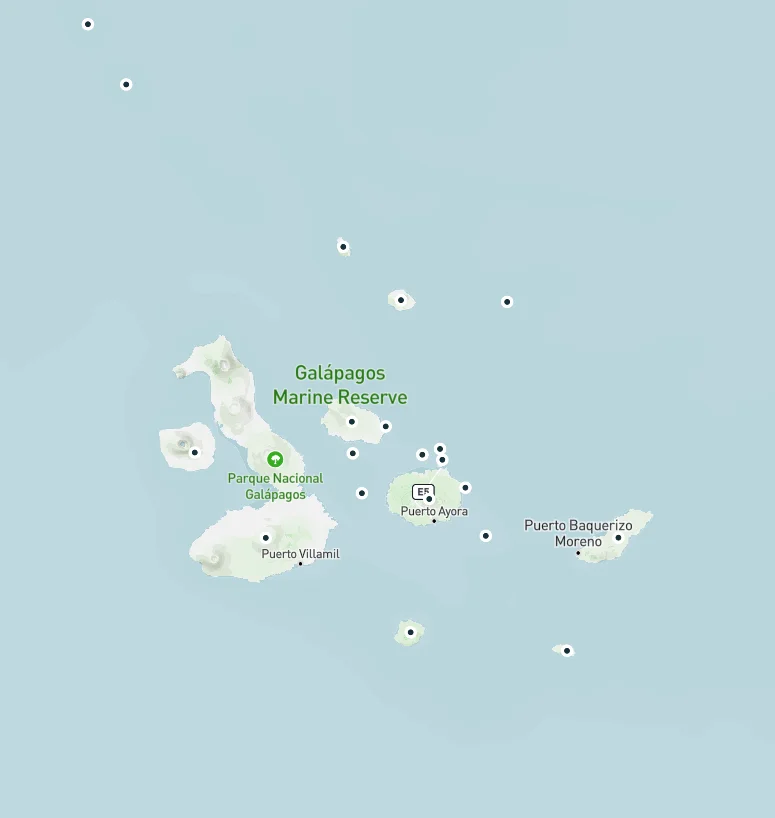
Reviews
Animals you might see on this itinerary:
More information about the Galapagos Islands you visit in this 4 day itinerary:
Itinerary A - Xavier III Yacht
Why travel with us?
Similar Itineraries
